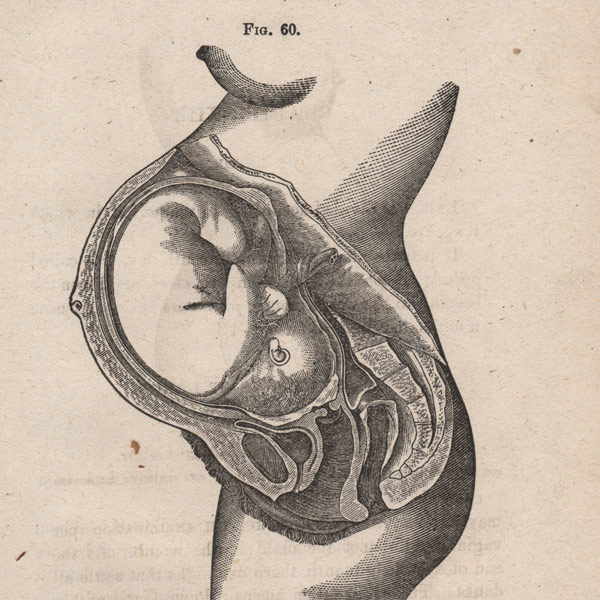
FRIDAY, March 5 (HealthDay News) — The benefits of breast-feeding for infants are numerous and well-known, but researchers are finding more and more that breast-feeding can be a boon to mom’s health as well.
In fact, the latest study on the subject suggests that women who breast-feed have reduced amounts of abdominal fat, even decades later.
The study, which was scheduled to be presented Friday at an American Heart Association conference on cardiovascular health in San Francisco, found that middle-age women who consistently breast-fed their children had waist circumferences that were an average of 2.6 inches smaller than women who had never breast-fed.
“Belly fat is the least healthy place for women to store fat, and breast-feeding really seems to be targeting this bad fat,” said study author Candace McClure, a postdoctoral scholar at the University of Pittsburgh.
Breast-feeding confers a host of benefits to infants, including a decreased risk of ear infections, asthma, stomach problems, respiratory illnesses, skin allergies, diabetes and sudden infant death syndrome (SIDS), according to the U.S. Department of Health and Human Services. In mothers, research has shown that breast-feeding might lower a woman’s risk for type 2 diabetes, breast cancer, ovarian cancer and postpartum depression.
Recent research has found that women who breast-fed their children had less risk for heart disease and the factors known to contribute to it, such as diabetes and metabolic syndrome. Many experts have suspected that it’s not just the extra calorie expenditure of breast-feeding that’s helpful, but that breast-feeding helps women lose abdominal fat faster. Excess abdominal fat is a risk factor for heart disease.
To see what lasting effects breast-feeding might have on abdominal size, McClure and her colleagues reviewed data on 351 women who had participated in the Study of Women’s Health Across the Nation Heart Study, conducted from 2001 to 2003.
At the start of the study, the women averaged 51 years old and had an average of two children, the last having been born an average of 19 years earlier. The group included 43 percent blacks and 57 percent whites, and 84 percent of them had a high school education or more.
When divided into groups, 29 percent of the women had never breast-fed, 29 percent breast-fed inconsistently (less than three months for each child) and 42 percent consistently breast-fed (all children for at least three months each), according to McClure.
Women who were premenopausal or in early perimenopause and had never breast-fed were found to have 28 percent more belly fat than women who had breast-fed all of their children. The women who had not breast-fed had a waist circumference that measured an average of 2.6 inches more than that of women who consistently breast-fed, and their waist-to-hip ratio was 4.7 percent higher. Waist-to-hip ratio is also used to assess cardiovascular risk: The higher the result, the greater the risk for heart disease.
Women who hadn’t breast-fed also did not fare well when compared with women who had never given birth. Premenopausal and early perimenopausal women who hadn’t breast-fed had 42 percent more belly fat than women who’d never given birth.
However, the researchers didn’t find any statistically significant differences in belly fat in women who were in late perimenopause and menopause.
“It’s interesting that these researchers are starting to associate breast-feeding with a physiologic mechanism that may protect against heart disease, but the question remains: Was it a benefit of breast-feeding, or did these women have a healthier lifestyle throughout their lives?” said Dr. Nieca Goldberg, director of the Women’s Heart Program at the New York University Langone Medical Center in New York City.
The bottom line from the study, she noted, is that “women who breast-feed are doing something good for their children — and maybe also for themselves.”
More information
The U.S. National Women’s Health Information Center has more about the benefits of breast-feeding for both mom and baby.

